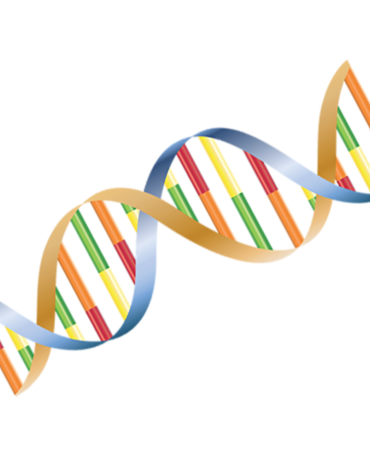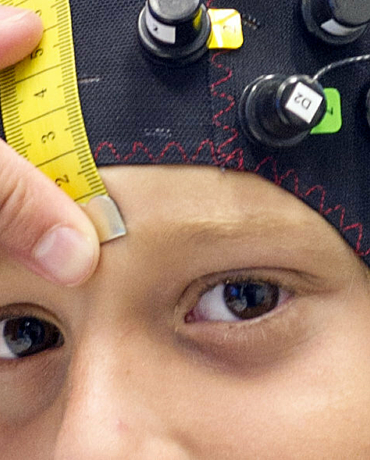Autism
We conduct multidisciplinary research to better understand autism spectrum disorder and unlock novel therapeutic strategies for individuals affected.
We conduct multidisciplinary research to better understand autism spectrum disorder and unlock novel therapeutic strategies for individuals affected.

While autism affects most people throughout their lifespan, the course can be quite different for different people, with some having significant improvement in symptoms as they get older, while others remaining unchanged or developing new problems such as seizures. People with autism can also develop other mental health problems, such as depression.
Symptoms of autism include problems in social communication, both verbal and non-verbal, difficulties understanding what other people are feeling or thinking, and having restricted ranges of interest or difficulty tolerating change. Some level of intellectual disability frequently accompanies autism. Many individuals with autism also have problems with being either more or less sensitive to sensory stimuli such as sounds, light, and textures; difficulties with sleep; and high levels of anxiety or difficulty concentrating.
We have taken a number of research approaches to understanding autism. This has involved using brain imaging to understand the effects of early intervention on brain development in children with autism. In one study, we compared changes in brain activity in children aged 2-6 with autism participating in an early intervention program with typically developing children. Our hope through this research was to understand the similarities and differences that exist between children with autism and use this information to help to predict their developmental outcomes.
In a separate study, we looked at the role of chronic stress in children with autism. The study analysed whether hair can be used to determine the role of chronic stress in the development of Autism Spectrum Disorder, and related conditions, in children.
One of the challenges and focus areas for our autism research is to try to better understand how differences between individuals with autism relate to how they respond to different kinds of interventions.
Every dollar of community support enables our scientists to continue making life-changing discoveries that contribute to a brighter and healthier future.
Run, swim or bake your way to making a positive difference in the lives of people touched by brain and nervous system disorders.
Stay informed about our latest research breakthroughs, scientific discoveries and the incredible minds behind them – subscribe today.
Neuroscience Research Australia respectfully acknowledges the Bidjigal and Gadigal peoples of the Eora Nation as the Traditional Owners of the Land on which we stand and pay our respects to Elders past and present.
Redevelopment of the NeuRA website has been made possible by the generous support of Conexus Financial.


